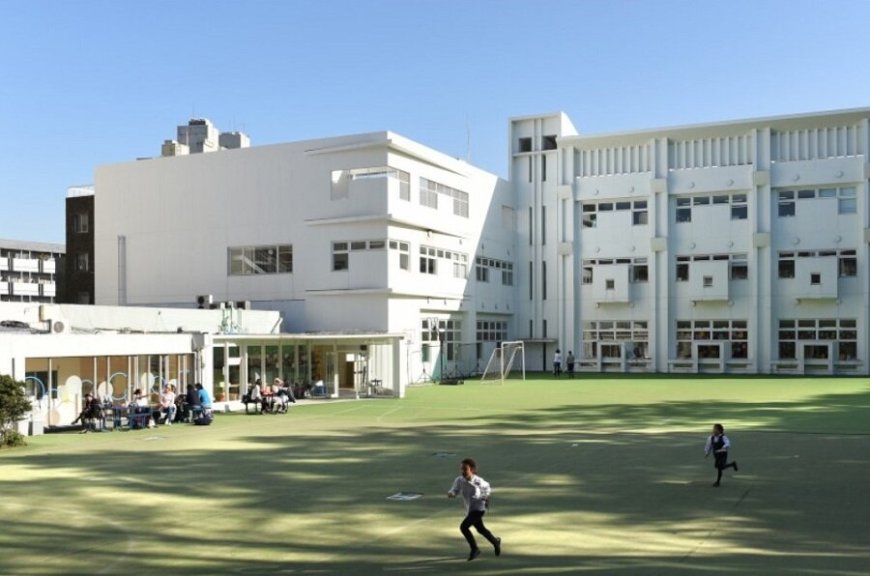The Education System in Japan: A Comprehensive Overview
The education system in Japan is known for its rigor and focus on academic achievement. The country has a long tradition of valuing education

The education system in Japan is known for its rigor and focus on academic achievement. The country has a long tradition of valuing education and investing in the development of its students. This article will provide a comprehensive overview of the education system in Japan, including its structure, curriculum, and challenges.
The education system in Japan is divided into six years of elementary school, three years of junior high school, and three years of high school. While elementary and junior high school are compulsory, high school is optional. However, the majority of students choose to attend high school, as it is seen as an important step towards higher education and career advancement.
The curriculum at each level of education is determined by the Ministry of Education, Culture, Sports, Science and Technology ( MEXT ). The curriculum places a strong emphasis on basic academic subjects such as math, science, and language arts, as well as on moral education and physical education. Students also have opportunities to participate in extracurricular activities such as sports teams and cultural clubs.
One of the unique features of the education system in Japan is the system of entrance examinations. Students must take entrance exams at various levels of education, including to enter high school and to enter university. These exams are highly competitive, with a limited number of spots available at the most prestigious schools and universities.
The education system in Japan also places a strong emphasis on teacher training and professional development. Teachers are required to undergo rigorous training programs and must pass certification exams in order to become licensed teachers. Once licensed, teachers are expected to engage in ongoing professional development to continue improving their teaching skills.
Despite its strengths, the education system in Japan also faces several challenges. One of the most pressing issues is the declining birthrate, which has led to a decrease in the number of students and a shortage of teachers. To address this issue, the government has implemented policies to encourage women to enter the workforce and to attract foreign students and workers to Japan.
Another challenge is the need to adapt to the changing demands of the global economy. As the world becomes increasingly interconnected and technology-driven, there is a growing need for students to develop skills such as critical thinking, creativity, and collaboration. To address this need, the government has introduced reforms aimed at promoting more student-centered learning and fostering creativity and innovation.
In conclusion, the education system in Japan is known for its rigor and focus on academic achievement. The curriculum places a strong emphasis on basic academic subjects as well as on moral and physical education. The system of entrance exams is unique and highly competitive, and teachers undergo rigorous training and professional development. However, the education system also faces challenges such as a declining birthrate and the need to adapt to the changing demands of the global economy.
